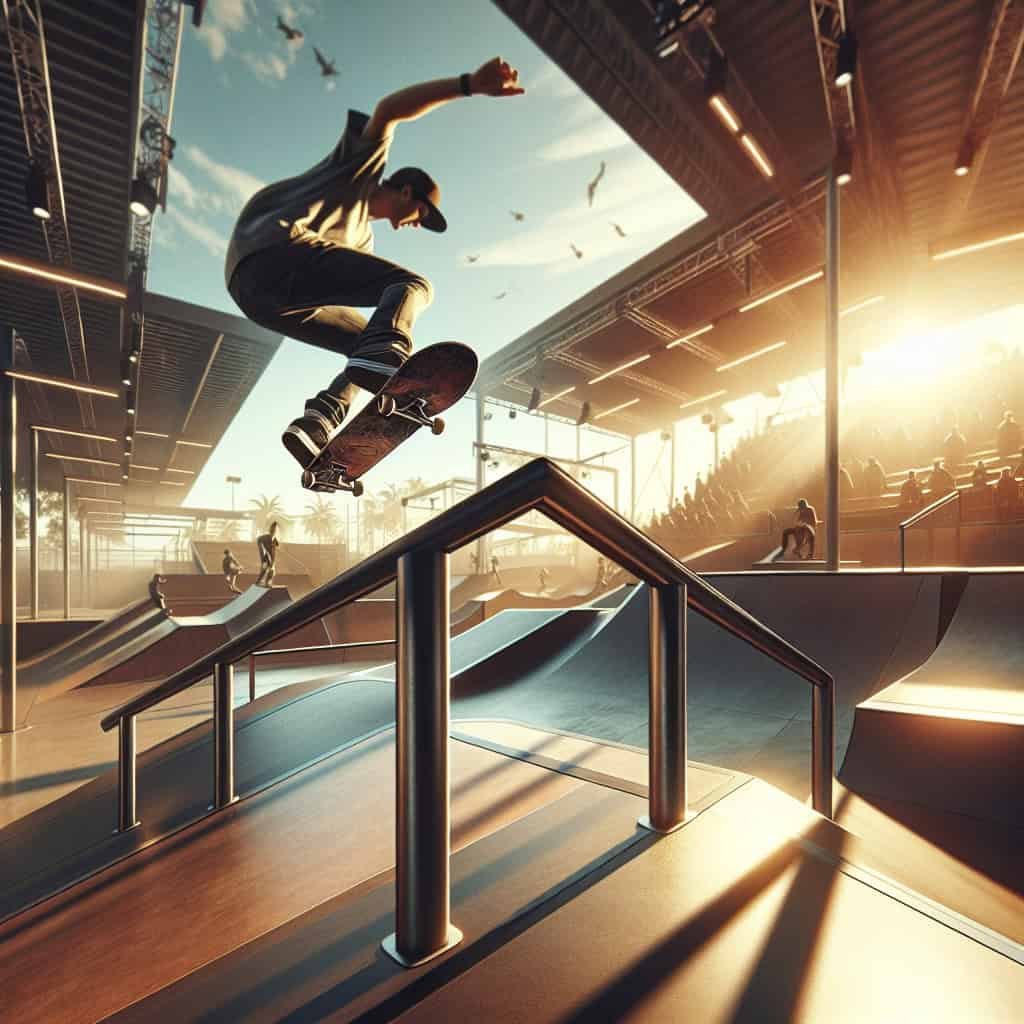Imagine effortlessly gliding along a smooth concrete surface, feeling the rush of adrenaline as you effortlessly shift your weight from one edge of your skateboard to the other. Skateboard rail-to-rail transitions are a fundamental skill that every skateboarder should master. From achieving balance to perfecting your timing, this article will explore the essential elements that will help you unlock the secrets of seamless rail-to-rail transitions. Whether you’re a beginner looking to improve your skills or an experienced skateboarder wanting to take your riding to the next level, this article will provide valuable insights and tips to enhance your skateboarding journey.
Choosing the Right Skateboard
When it comes to skateboarding, choosing the right skateboard is essential. With so many options available, it’s important to select a board that suits your style and skill level. Here are a few factors to consider when selecting the perfect skateboard for you.
Selecting the Appropriate Board Size
The first thing you need to consider is the size of the skateboard. The size of the board is typically determined by the width of the deck. The right board size depends on your height, shoe size, and personal preference. If you’re a beginner or have smaller feet, a smaller board size around 7.5-8 inches may be more suitable. On the other hand, if you’re taller and have bigger feet, a larger board size around 8.25-8.5 inches may provide better stability and control.
Considering the Skateboard’s Shape
The shape of the skateboard plays a crucial role in how it performs. There are various shapes available, including the classic popsicle shape, cruiser shape, and longboard shape. The popsicle shape is the most common and versatile, making it suitable for various skateboarding styles. Cruiser boards are perfect for commuting and cruising around town, while longboards are great for downhill riding and carving. Choose a shape that suits your preferred style of skateboarding.
Choosing the Right Trucks
Trucks are the metal T-shaped components that attach the wheels to the deck. They determine the stability and maneuverability of your skateboard. When selecting trucks, consider their width, height, and weight rating. The width of the trucks should match the width of your skateboard deck. Higher trucks provide better clearance, making them ideal for street or park skating. Additionally, look for trucks that can support your weight and riding style.
Selecting the Ideal Wheels
Wheels are another crucial component of a skateboard. They affect the speed, grip, and smoothness of your rides. When choosing wheels, consider their diameter and hardness. Smaller wheels are more suitable for technical tricks and street skating, while larger wheels are better for cruising and downhill riding. The hardness of the wheels is measured in durometer. Softer wheels provide better grip and shock absorption, while harder wheels are faster and more durable. Choose wheels that match your skateboarding style and terrain.
Proper Foot Placement
Having proper foot placement is essential for maintaining balance and control while skateboarding. Here are some tips to ensure you have the correct foot placement on your board.
Understanding the Four Basic Stances
Before talking about foot placement, it’s important to understand the four basic stances in skateboarding. These stances are Regular, Goofy, Mongo, and Switch. Regular stance means having your left foot forward if you’re right-handed, and vice versa for Goofy stance. Mongo is when you push with your front foot and keep your back foot on the board, which is generally not recommended. Switch stance means riding with the opposite foot forward.
Positioning Your Feet Correctly on the Board
To have proper foot placement, start by positioning your front foot perpendicular to the board’s length, with the ball of your foot resting on or just behind the front bolts. Your toes should be angled slightly towards the nose of the board. For your back foot, place it on the tail just above the back bolts, with your toes hanging off the edge slightly. Keep your weight evenly distributed between both feet to maintain balance.
Tips for Maintaining Balance during Transitions
Balance is crucial when performing rail-to-rail transitions or any other skateboarding maneuvers. To maintain balance, keep your knees slightly bent and your core engaged. This will provide stability and absorb any shocks or vibrations. Ensure that your weight is centered over the board, and keep your upper body relaxed. As you transition from one rail to the other, use your arms for balance and maintain a low center of gravity.
Importance of Weight Transfer
Proper weight transfer is essential for successful rail-to-rail transitions. When transitioning from one rail to the other, shift your weight towards the rail you’re transitioning to. This will allow the skateboard to turn smoothly and maintain balance. Additionally, when executing turns or carves, lean into the turn and transfer your weight accordingly. Practice weight transfer during your skateboarding sessions to develop a better sense of control and balance.
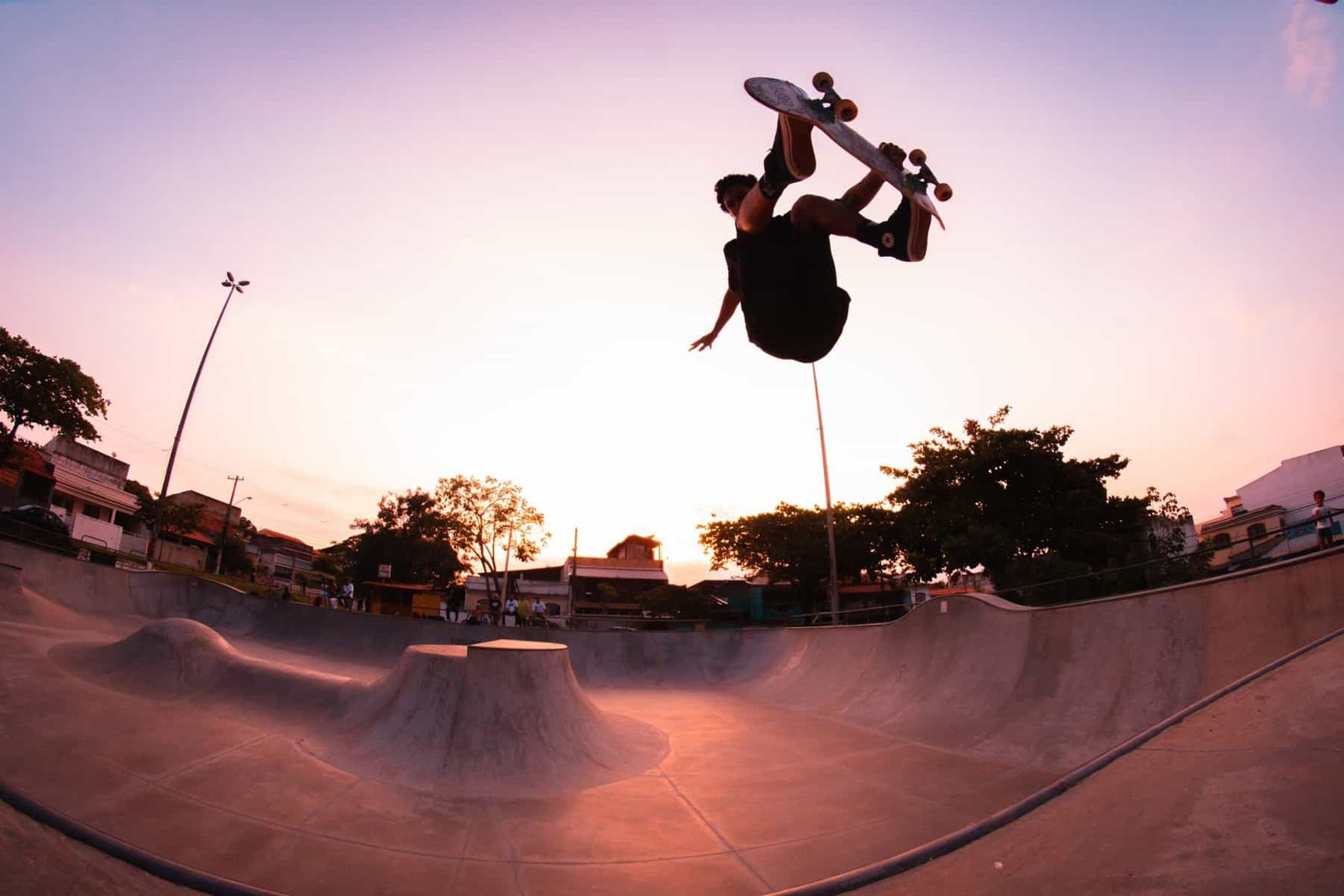
Developing Proper Technique
Having proper technique is crucial for maximizing your skateboarding skills and executing smooth and controlled movements. Here are some elements to focus on when developing your skateboarding technique.
Understanding the Physics of Rail-to-rail Transitions
To excel in rail-to-rail transitions, it’s important to understand the physics behind them. Rail-to-rail transitions involve shifting your weight from one rail of the skateboard to the other, allowing the skateboard to pivot smoothly. To initiate the transition, use your upper body and arms to guide the movement while shifting your weight towards the rail you want to transition to. This will help create the necessary momentum and rotation for a successful transition.
Mastering the Pumping Technique
Pumping is a technique used to generate speed and maintain momentum without using your feet to push. It involves shifting your weight back and forth while leveraging the flex of the skateboard. To master this technique, start by bending your knees and shifting your weight towards the back foot as you descend on a ramp or transition. As you reach the bottom, extend your legs and transfer your weight towards the front foot, allowing the board to rebound and propel you back up. Practice pumping on various transitions to improve your speed and control.
Maintaining Momentum and Speed
Maintaining momentum and speed is crucial in skateboarding, especially when performing rail-to-rail transitions. To maintain momentum, focus on shifting your weight smoothly and continuously, using your arms for balance and coordination. Keep your body relaxed and avoid making sudden movements that may disrupt your momentum. Additionally, practicing pumping techniques and using the energy from transitions or ramps will help you maintain speed throughout your skateboarding session.
Executing Smooth Carves and Turns
Carves and turns are fundamental elements in skateboarding that allow you to navigate obstacles and transitions with style and grace. To execute smooth carves and turns, initiate the movement by shifting your weight towards the rail you want to turn on. Lean into the turn and use your arms for balance. Mind your foot placement and ensure that your weight is evenly distributed. As you become more comfortable, experiment with different angles and intensities to develop your own unique style.
Building Confidence
Building confidence is key to progressing in skateboarding and pushing your limits. Here are some tips to help you build confidence on your skateboard.
Starting with Small Rail-to-rail Transitions
When starting to work on rail-to-rail transitions, it’s important to begin with small and manageable ones. Choose low curbs, small ramps, or mini halfpipes that offer gradual transitions. This allows you to get comfortable with the movement and build your confidence before moving on to more challenging obstacles. Starting small also helps in developing proper technique and body control, setting a solid foundation for future progression.
Gradually Progressing to Larger Obstacles
As you gain confidence and proficiency in rail-to-rail transitions, gradually progress to larger obstacles. This can include taller ramps, steeper transitions, or more complex skatepark features. By gradually increasing the difficulty, you’ll be able to push your skills while maintaining a sense of control and safety. Always skate within your limits and progress at a pace that feels comfortable for you.
Practicing on Different Surfaces and Terrains
To build confidence, it’s important to skate on different surfaces and terrains. This includes skateparks, street spots, or any other locations that offer unique challenges. By exposing yourself to different environments, you’ll become more adaptable and versatile in your skateboarding. Each surface and terrain presents its own set of obstacles and transitions, helping you improve your overall skill set and confidence.
Gaining Control and Stability
Control and stability are crucial for building confidence in skateboarding. To gain control, practice maintaining balance and executing smooth movements. Focus on your foot placement, weight distribution, and body positioning to develop a solid foundation of control. As you improve, experiment with different tricks and maneuvers to challenge yourself and expand your comfort zone. The more control and stability you have, the more confident you’ll feel while skateboarding.
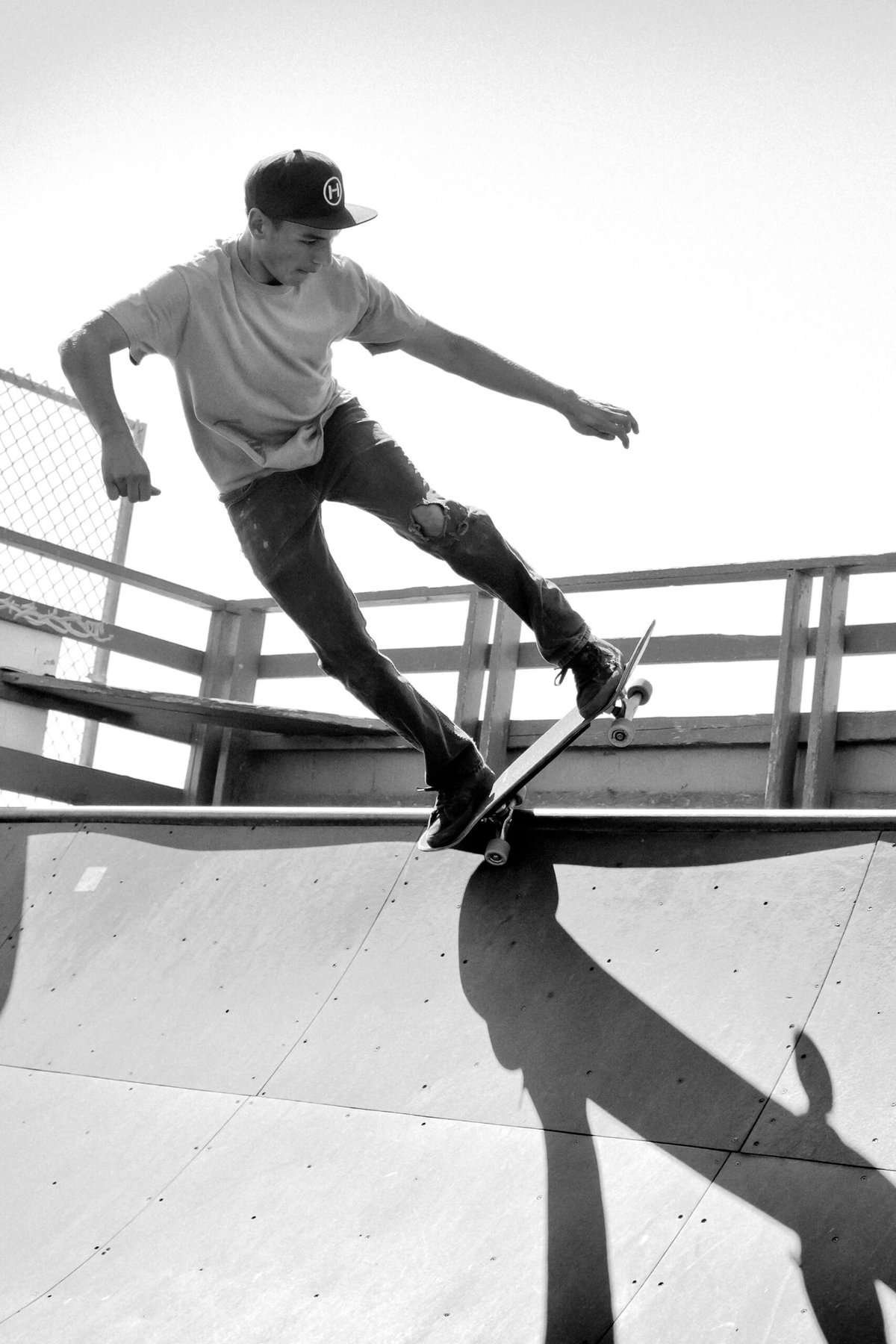
Safety Tips
Skateboarding can be a thrilling and enjoyable activity, but it is important to prioritize safety. Here are some safety tips to keep in mind while skateboarding.
Wearing the Appropriate Safety Gear
One of the most important safety practices in skateboarding is wearing the appropriate safety gear. This includes a helmet, knee pads, elbow pads, and wrist guards. Safety gear protects you from potential injuries and minimizes the impact of falls or collisions. Ensure that your safety gear fits properly and is in good condition. Wearing the right gear not only keeps you safe but also boosts your confidence while skateboarding.
Performing Warm-up Exercises
Before every skateboarding session, it’s important to perform warm-up exercises. Warm-up exercises prepare your muscles and joints for physical activity and reduce the risk of injuries. Start with light cardio exercises like jogging or jumping jacks to increase your heart rate. Then, move on to dynamic stretches that focus on the muscles used in skateboarding, such as leg swings, arm circles, and hip rotations. Take the time to warm up properly to optimize your performance and prevent injuries.
Staying Aware of Your Surroundings
Skateboarding often takes place in public spaces, and it’s essential to stay aware of your surroundings. Always be mindful of pedestrians, cyclists, and other skaters who may be sharing the same space. Observe traffic rules when skateboarding on roads and be cautious of obstacles or hazards on the ground. Staying aware and alert will help you avoid accidents and maintain a safe skateboarding environment.
Listening to Your Body’s Limits
When skateboarding, it’s important to listen to your body’s limits. Skateboarding can be physically demanding, so it’s essential to recognize signs of fatigue or overexertion. If you feel overly tired or experience pain or discomfort, take a break and rest. Pushing yourself beyond your limits can lead to injuries or accidents. Always prioritize your safety and well-being while skateboarding.
Common Mistakes and How to Avoid Them
Skateboarding is a learning process, and it’s common to make mistakes along the way. Here are some common mistakes and tips on how to avoid them.
Leaning Too Far Forward or Backward
A common mistake in skateboarding is leaning too far forward or backward, which can result in loss of balance and falls. To avoid this, maintain an upright posture and keep your weight centered over the board. When transitioning from one rail to the other, shift your weight smoothly and gradually, avoiding sudden movements. Practice proper weight distribution and body control to maintain balance and avoid leaning too far in any direction.
Failure to Maintain Proper Balance
Balance is crucial in skateboarding, and failing to maintain proper balance can lead to instability and falls. To improve balance, practice standing on your skateboard in a stationary position. Focus on keeping your weight evenly distributed and centered over the board. As you gain confidence, challenge yourself by performing balance exercises like standing on one foot or shifting your weight from toe to heel. The more you practice, the better your balance will become.
Neglecting to Bend Your Knees
Neglecting to bend your knees is a mistake that limits your control and stability while skateboarding. Keeping your knees straight and rigid makes it difficult to absorb shocks or make quick adjustments. Bend your knees and use them as shock absorbers to absorb any impacts or vibrations. This will allow for better control, stability, and improved maneuverability on your skateboard.
Using Excessive Force or Speed
Using excessive force or speed is a mistake that can lead to loss of control and potentially dangerous situations. When starting out, focus on developing proper technique and control rather than speed. Learn to execute movements and tricks smoothly before attempting them at high speeds. Gradually increase your speed as you feel more comfortable and confident. Remember, control and stability are key, so avoid going beyond your limits too quickly.
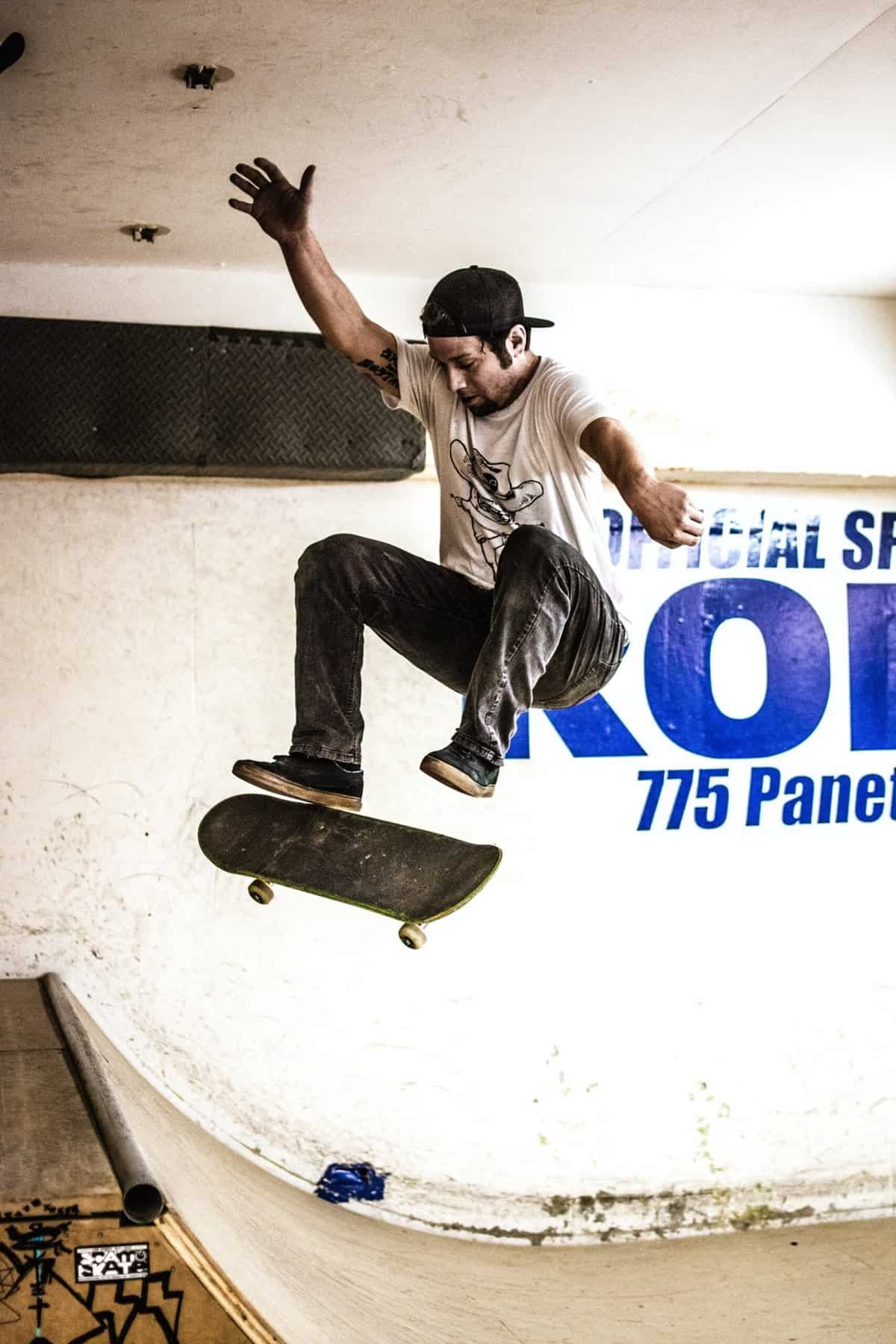
Tips for Progression
Improvement in skateboarding comes with consistent practice and a focus on progression. Here are some tips to help you progress in your skateboarding journey.
Practicing Consistently and Frequently
Consistency is key when it comes to progress in skateboarding. Practice consistently and frequently to build muscle memory and develop proper technique. Set aside dedicated time for skateboarding in your schedule and make it a priority. Whether it’s daily or a few times a week, regular practice will help you improve your skills and master new tricks.
Breaking Down the Technique into Smaller Steps
Skateboarding can sometimes feel overwhelming, especially when trying to learn complex tricks or maneuvers. Breaking down the technique into smaller steps can make it more manageable and less intimidating. Focus on mastering individual components of a trick or movement before putting them together. This allows you to develop a solid foundation and gradually progress to more advanced skills.
Seeking Guidance from Experienced Skateboarders
Seeking guidance from experienced skateboarders can be incredibly valuable in your progression. They can provide tips, advice, and insights based on their own experiences. Connect with a local skateboarding community, join skateboarding workshops or clinics, or simply skate with more experienced friends. Learning from others who have already mastered the skills you’re working on can greatly accelerate your progress.
Experimenting with Various Tricks and Maneuvers
Skateboarding is all about exploration and creativity. Don’t be afraid to experiment with various tricks and maneuvers. Trying new things not only keeps skateboarding fun and exciting but also helps you learn and develop new skills. Start with basic tricks and gradually work your way up to more advanced ones. Enjoy the process of discovering new techniques and finding your own unique style.
Improving Agility and Flexibility
Agility and flexibility are essential for performing quick movements, transitions, and tricks on a skateboard. Here are some ways to improve your agility and flexibility.
Incorporating Stretching Exercises into Your Routine
Stretching exercises are a great way to improve flexibility and prevent injuries. Incorporate stretching into your skateboarding routine, both before and after skating. Focus on stretching the major muscle groups used in skateboarding, including the legs, hips, back, and shoulders. Hold each stretch for 15-30 seconds and remember to breathe deeply. Regular stretching will improve your overall flexibility, allowing for better maneuverability on your skateboard.
Working on Increasing Your Range of Motion
Increasing your range of motion is crucial for executing smooth and precise movements on a skateboard. To improve your range of motion, incorporate dynamic exercises like leg swings, arm circles, and trunk rotations into your warm-up routine. These exercises help loosen up your joints and muscles, improving your overall mobility and agility. Regularly working on increasing your range of motion will make your skateboarding movements more fluid and effortless.
Strengthening the Core and Lower Body Muscles
Skateboarding requires a strong core and lower body muscles for balance, stability, and power. Include exercises that target these areas in your training routine. Core exercises like planks, Russian twists, and leg raises can strengthen your abdominal and lower back muscles. Additionally, exercises like squats, lunges, and calf raises can strengthen your legs and improve your overall stability on the skateboard. The stronger your core and lower body muscles, the more control and agility you’ll have while skateboarding.
Developing Quick Reflexes
Quick reflexes are vital in skateboarding, as they allow you to react swiftly to changes in terrain or unexpected situations. To develop quick reflexes, incorporate agility drills and reaction exercises into your training. These can include ladder drills, cone drills, and reaction ball exercises. These drills improve your coordination and response time, making your movements more precise and efficient. Regularly practicing agility and reaction exercises will help you become more agile and responsive on your skateboard.
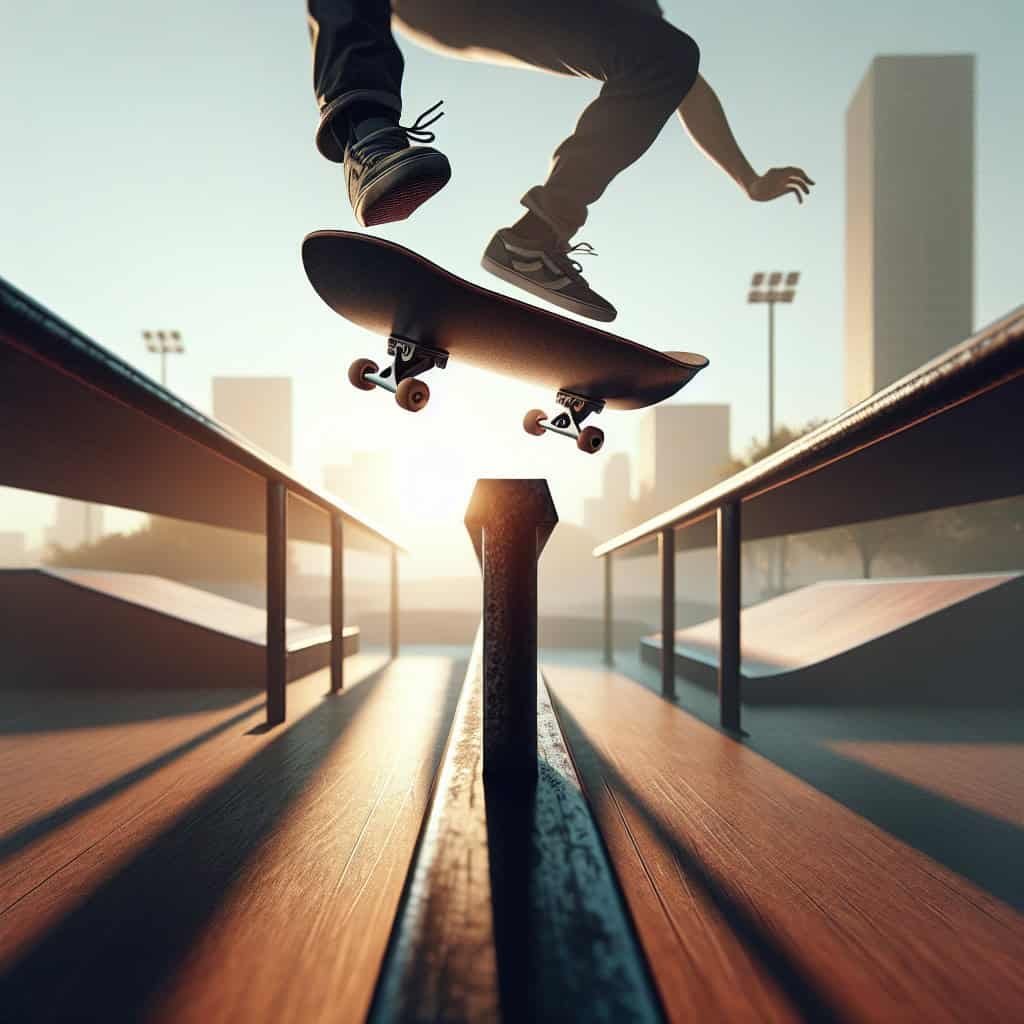
Troubleshooting Common Challenges
Skateboarding presents various challenges, but with the right mindset and strategies, you can overcome them. Here are some tips for troubleshooting common challenges in skateboarding.
Dealing with Fear and Overcoming Mental Blocks
Fear is a common challenge in skateboarding, especially when attempting new tricks or riding on unfamiliar terrain. To overcome fear, start by visualizing yourself successfully completing these challenges in your mind. Break it down into smaller steps and build confidence gradually. Begin by practicing in a controlled environment, and as your skills and confidence build, progressively challenge yourself. By acknowledging your fear and gradually facing it, you can overcome mental blocks and accomplish your skateboarding goals.
Addressing Frustration and Setbacks
Skateboarding can be frustrating at times, especially when you encounter setbacks or struggle to master certain skills. It’s important to remember that skateboarding is a learning process, and setbacks are part of the journey. Embrace the challenges as opportunities for growth and improvement. Take breaks when needed, stay positive, and focus on the progress you’ve made so far. With perseverance and determination, you’ll overcome setbacks and continue to advance in your skateboarding journey.
Identifying and Correcting Your Weaknesses
Identifying and addressing your weaknesses is crucial for improvement in skateboarding. Take the time to assess your skills and spot areas that need improvement. Once you’ve identified your weaknesses, focus on specific drills or exercises that target those areas. Practice regularly and work on honing those skills. Seeking feedback from more experienced skateboarders can also provide valuable insights into areas that need improvement. Remember, addressing weaknesses is a fundamental step towards becoming a well-rounded and proficient skateboarder.
Seeking Feedback and Constructive Criticism
Feedback and constructive criticism from others can greatly contribute to your growth as a skateboarder. Skateboarding is a community-oriented activity, and seeking feedback helps you gain different perspectives and insights. Ask trusted skateboarders for input on your technique, tricks, and overall performance. Stay open-minded and receptive to feedback, and use it as an opportunity to improve. Actively seeking feedback and constructive criticism will accelerate your progress and help you refine your skills.
Expanding Your Skill Set
After mastering the basics of skateboarding, it’s time to expand your skill set and explore different possibilities. Here are some ways to broaden your skateboarding horizons.
Learning and Mastering Different Skateboard Tricks
Learning and mastering different skateboard tricks is an exciting way to expand your skill set. Start with basic tricks like ollies, kickflips, and grinds, and gradually progress to more advanced ones. Break down each trick into smaller steps and practice them individually. As you become more proficient, incorporate these tricks into your skateboarding sessions and experiment with variations and combinations. Learning and mastering new tricks adds excitement and variety to your skateboarding experience.
Applying Rail-to-rail Transitions in Combination Moves
Once you’re comfortable with rail-to-rail transitions, start incorporating them into combination moves. Combine transitions with other tricks and maneuvers to create unique and fluid sequences. For example, you can perform a rail-to-rail transition followed by a kickflip or a 180-degree turn. Experiment and be creative in combining different movements to develop your own style and repertoire of tricks.
Exploring Different Skateboarding Disciplines
Skateboarding offers a wide range of disciplines and styles to explore. Take the opportunity to try different disciplines such as street skating, vert skating, freestyle skating, or even longboarding. Each discipline presents its own set of challenges and techniques to master. Exploring different skateboarding disciplines broadens your skills and knowledge, allowing you to develop a well-rounded skateboarding experience.
Participating in Skatepark Sessions or Competitions
Participating in skatepark sessions or competitions is a great way to test your skills and connect with other skateboarders. Skateparks provide a controlled environment with various obstacles and transitions to challenge yourself. Engage with the local skateboarding community and attend skatepark sessions to learn from others and gain inspiration. Competitions offer an opportunity to showcase your skills and receive feedback from judges, further motivating your progression. Embrace the skateboarding community and actively participate to expand your skill set and grow as a skateboarder.
Skateboarding is a journey that combines skill, creativity, and personal growth. By choosing the right skateboard, focusing on proper technique, building confidence, prioritizing safety, and consistently challenging yourself, you can progress in this exciting and vibrant sport. With perseverance and dedication, you’ll unlock new possibilities and continually push the boundaries of your skateboarding skills. So go out there, skate with passion, and enjoy the thrill of the ride!
